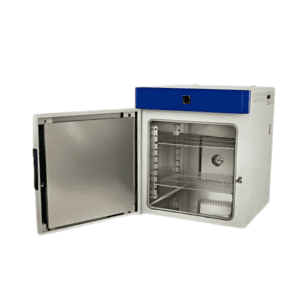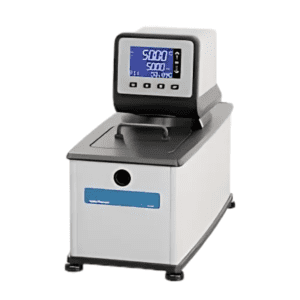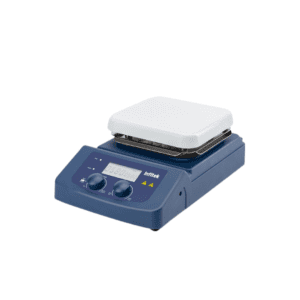Incubators
Description
Laboratory incubators are essential equipment in microbiology, cell biology, and molecular biology laboratories. They provide a stable environment to cultivate microorganisms and cells by regulating temperature, humidity, and atmospheric conditions.
Types of Laboratory Incubators:
- Standard Incubators: Maintain a constant temperature, typically around 37°C (98.6°F), suitable for growing bacterial cultures.
- CO₂ Incubators: Control temperature and CO₂ levels, crucial for cultivating eukaryotic cells that require specific pH and growth conditions.
- Shaking Incubators: Combine temperature control with agitation, ideal for growing liquid cultures that benefit from aeration.
- Phase-Change Incubators: Utilize materials that change phase at specific temperatures to maintain a consistent 37°C environment for extended periods, offering a low-cost solution for field testing of water quality.
Key Features to Consider:
- Temperature Range and Uniformity: Ensure the incubator can maintain the required temperatures with consistent distribution throughout the chamber.
- Humidity Control: Regulate humidity levels to prevent evaporation of cultures and maintain optimal growth conditions.
- Gas Regulation: Control CO₂ and O₂ concentrations, essential for the growth of specific cell types.
- Capacity and Size: Choose an incubator that fits the volume of cultures and available laboratory space.
- Safety Features: Look for alarms for temperature deviations, door locks to prevent unauthorized access, and over-temperature protection mechanisms.
Applications:
- Laboratory incubators are widely used for:
- Cultivating bacterial and eukaryotic cell cultures for research and diagnostic purposes.
- Conducting microbiological testing, such as determining microbial contamination in water supplies.
- Supporting pharmaceutical and biotechnological research, including drug development and vaccine production.
Maintenance and Safety:
- Regular maintenance is crucial for the reliable operation of incubators:
- Cleaning: Regularly disinfect the interior to prevent contamination.
- Calibration: Periodically check and calibrate temperature and humidity controls for accuracy.
- Monitoring: Use data loggers to continuously record environmental conditions and ensure stability.
By selecting an incubator that aligns with specific research requirements and maintaining it properly, laboratories can ensure the successful cultivation of cultures, leading to accurate and reproducible scientific results.





